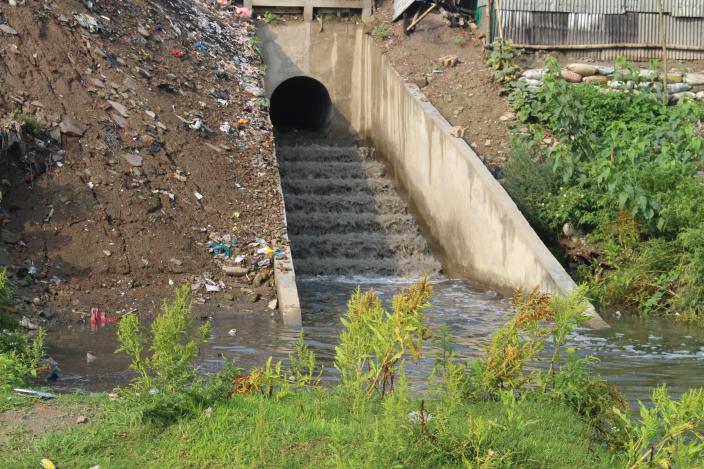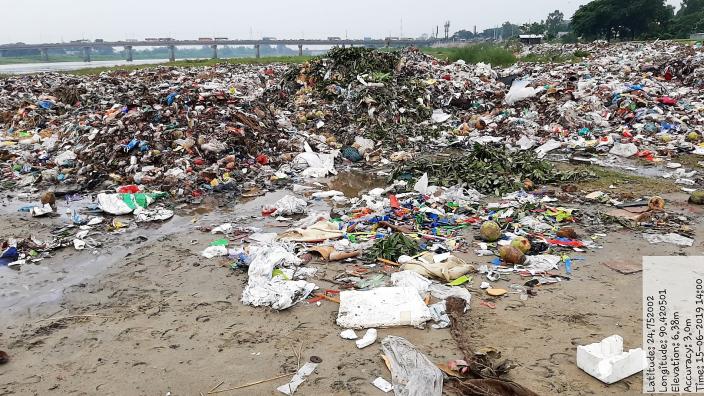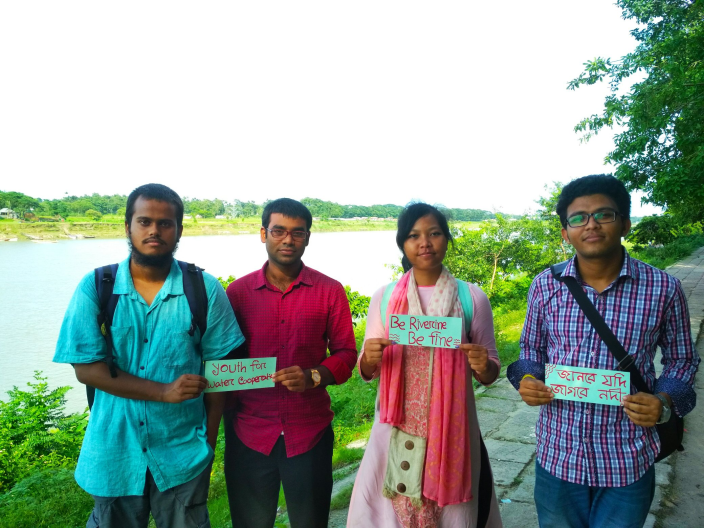The need for potable water has become unquestionably crucial at this critical time of a global pandemic than before. Many emerging or least-developed countries will need to go a long way to ensure safe water for their citizens. According to a report of the World Health Organisation (WHO), about 60 percent of the Bangladeshi population has to endure unsafe drinking water.
In both urban slums or underdeveloped villages, the source of potable water is inadequate compared to the population. While we are emphasizing social distancing in the Covid-19 pandemic, the struggle of the marginalized people for water remains unchanged, and public gatherings are challenging to avoid. People have to stand in long lines to collect water for daily use. Besides, frequent hand washing and hygiene cannot be properly exercised due to lack of adequate safe water.
The condition may escalate the spread of diseases when pollution-free rivers were significant sources of safe water for riverine Bangladesh even decades ago. Unfortunately, due to various anthropogenic reasons, people are now forced to lean towards alternative sources. To identify the key factors, our four members strong team decided to work on the old Brahmaputra River.
Four of us, Dibash Deb, Arian Emon, Scholastica Areng & Zawhar Dudayev hailing from four different universities in Bangladesh decided to come together for old Bramhaputra, a river to which we felt a deep connection. It was 2018; a workshop was organized to motivate young people in river-related knowledge and research under Oxfam's TROSA project. Upon submitting our research proposal on the Old Brahmaputra, TROSA supported us to take it further.
The river has had a profound presence in major parts of our lives. All of us were very much involved with it during our childhood and adolescence. We swam and bathed in it with friends and cousins, hung out, went for boat rides, walked and sat idly along its banks, and did all kinds of mischiefs.
But that environment & situation has changed. Bathing in the river is now harmful to health due to pollution. The boating traditions have also stopped. Our fond memories encouraged us to fight for the river and for the rights of the people who are dependent on it.

The old Brahmaputra is a river in North-Central Bangladesh. It is a distributary of the main Brahmaputra. It traverses through the Mymensingh district separating rural and urban areas on its two banks. During a field visit in 2019, the river dependent people there informed us how they could use river water for different activities, even fifteen to twenty years ago. The river water was transparent then. But nowadays, urban wastes from the upstream and Mymensingh City Corporation have contributed to a dramatic decline in the health of the river.
Riverside communities sense irritation and odour while crossing or just passing by it, and are suffering a lack of safe water sources for this pollution. Only one tube-well is available for three-four families. Some have no other choice but to use the polluted water for daily chores and suffer from skin diseases.
For the Hindu religion practising people, the Old Brahmaputra River holds a special spiritual significance. On our investigation, we realized what greatness it represents to the people for a woman named Anjali Rani Bin. For her, the river Brahmaputra is a very sacred being which she regards as a goddess. She and the people believe every bath in this holy water dissipates and eliminates sin. For this exact reason, they never agreed to call the water "contaminated". They think calling the river polluted would be a sin from their part.

According to rituals, they take part in the holy bath each year. Many people now feel uncomfortable about taking a dip in the river due to pollution – a proof that pollution has been restraining people from performing their religious rites. Considering the river holy, they don't pollute it with household wastes either and bury it all in their backyard or perimeter. However, it is they who are suffering the consequences of the pollution caused by urban wastes.
Most rural people think that this pollution is due to the direct urban drain connections with the river. We identified 18 structured drains and two temporary garbage sites on the urban border. We have come to know through newspapers that urban wastes are being dumped directly to the river in Jamalpur region too, which is the upstream region of the old Brahmaputra.
We discussed these issues with the Mayor of Mymensingh City Corporation, Mr Ekramul Haque Titu. He claimed that these drains don't carry harmful materials as industries or tanneries do not produce them. If it becomes necessary to install effluent treatment plants, they will take steps for sure.
We have heard the people of the old Brahmaputra reminiscing a beautiful past and an intense longing to take it back to its former glory. But nobody had ever gone to them to discuss river pollution, and they were not completely aware of their rights over the river either. We intend to strongly advocate to make their voices heard, as it is really unfair that global pandemics like that of Covid-19 puts increased risk upon the marginalized riverine communities.
